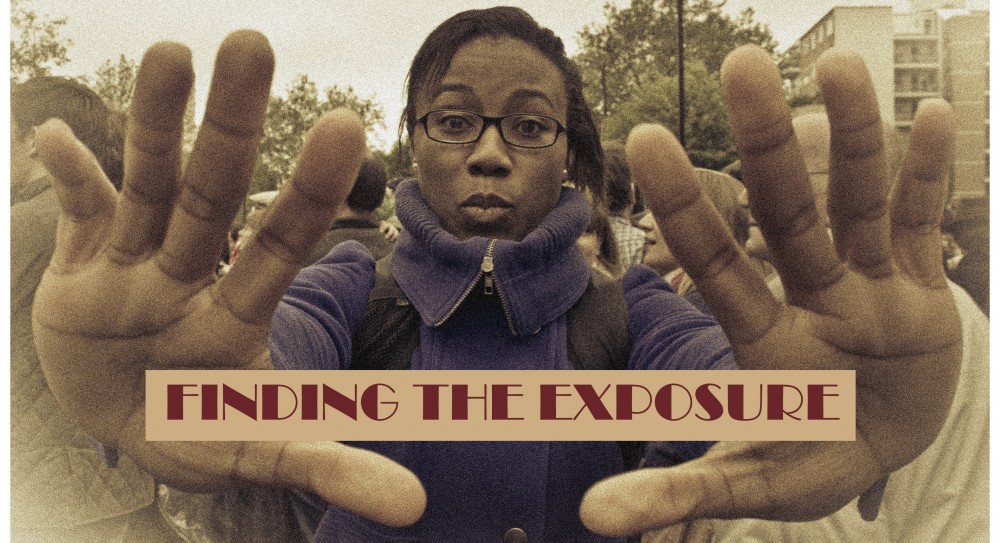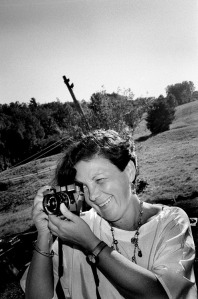“The unconscious obsession that we photographers have is that wherever we go, we want to find the theme that we carry inside ourselves.” Graciela Iturbide
Widely regarded as one of the most influential Mexican photographers at present, Graciela Iturbide presents, within the Poetry and Dream collection exhibited at Tate Modern, a set of black and white photographs that shows “the deception of everyday life in Mexico, exploring themes of urban and rural life, indigenous rituals, the role of the women, identity and the tensions between tradition and modernity”. Her images are a result of her relationship with the people or the community worked with over the past 40 years, giving us a more personal and close look of the subject portrayed. In a documentary called about her work called “Hay tiempo” or “There is time”, Iturbide refers that she uses her “camera as an excuse to know the culture”, either it be of her own or others. Working only and solely with the camera, not making use of any other source of light or camera support, she tries to “find something poetic” in what she photographs and “keep the human dignity always present”. Her assignments truthfully portrayed this idea of a more meaningful sense beyond the reality itself. Presented in black and white prints, her pictures do not lack of life or emotion, as the white walls of a spacious room in which they are exhibited allow each visitor to “paint” and “interpret” her work in a vivid and colourful way. All of the pictures are part of a series of projects she developed involving: the indigenous people of Mexico; the women in the city of Juchitán, which is a matriarchal society; the bathroom of Frida Kahlo, a famous surrealist Mexican painter; and birds, one of Graciela’s passions.
Throughout the all exhibition, one of the pictures that capture my attention was the “Mujer Angel” or “Angel Woman” photograph – a portrait of a Seri woman walking across the Sonora Desert from 1979. This piece is part of the work Iturbide was commissioned to do a year earlier about the Mexico’s indigenous people by the Ethnographic Archive of the National Indigenous Institute of Mexico.
In terms of composition, I believe that it is very strong, revealing invisible oblique and horizontal lines at the same time that we can frame triangle shapes in a few parts of the picture. Likewise, Iturbide used the ambient light available in a clever way in order to give us more detail about the image and its surrounding as well as the chance to recognize the different textures given by the varying tones from white, to grey and to complete black. Similarly, the greater depth of field given to the background maximizes the sense of being in the middle of the desert, driving our eyes to the infinite. Nevertheless, making use of the rule of thirds and focusing on the woman, keep us aware that she is in fact our subject and central point. Knowing a little more about the photographer, I feel that this portrait is equally expressive and full of symbolism, but before explaining this let me first introduce you Graciela Iturbide.
Born in 1942 in Mexico City, to a Catholic family, Iturbide had her first contact with photography at the age of 11 when offered a camera by her father. Wanted to be a writer but pressurized by the society she lived in at the time, and her family, she ended up marring at the age of 20 to the architect Manuel Rocha Díaz. Following the next eight years of marriage, they had three children, two boys and a girl, named Claudia, who dies suddenly at the age of six in 1970. This incident is a fact that in a way marks Iturbide forever. At that time she was studying in a film school and one day she decided to enrol on a photography course ran by Manuel Alvarez Bravo, who later becomes her mentor. Her resorting to photography and committing to work when offered a position as Alvarez’s assistant was a way to overcome the grief at the loss of her daughter. She stayed with Alvarez for a year and then started to work on her on career as a photographer. After losing Claudia, she started to develop was she later describes as “an obsession with photographing ‘angelitos’, little angels” and the theme of death which made her visit many cemeteries of different towns.
For this reason, now referring back to the symbolism of this picture, and although it was a commissioned work, her creative and personal experience is expressed with in the elements included in her photograph. The desert represents obstacles, abandonment and lack/loss and his related to her daughter’s death. The veil worn by the “Angle Woman” seems to shape a cross on its back which makes me assume that she is in search of a way out and faithfully that or divine entity that will look her the way. The radio player that the hold in one hand is what intrigues me the most, has I can only see that as a companion or some kind of inner voice that walk with her through this journey.
Seeing this picture at the exhibition and also on digital format in different sizes and even varying in colour, from the original back and white to a more sepia look, my interpretation remains the same but I feel that at the exhibition, and as part of the Poetry and Dream collection, within the space allocated to feature her work, I had the sense of freedom to imagine whatever I wanted and then write my own poetry through her photographs.


